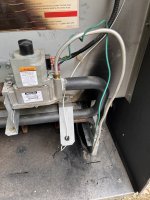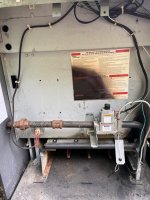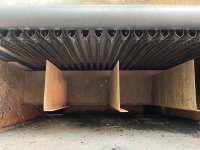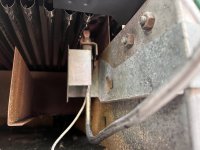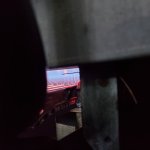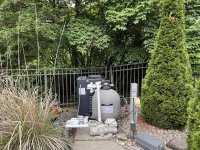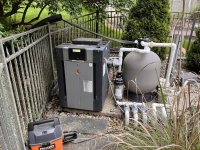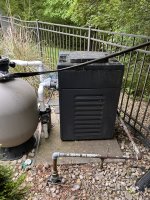Hello all!
I am getting flame rollout from around the ignitor on my Raypak.
I have taken apart everything and thoroughly cleaned it, I have checked connections on the ignitor components and I am still getting visible flame rollout from the ignitor area.
From the picture you can see where they are rolling out.
Any suggestions about what I can try? Could it be a fault with the ignitor? a hole or something maybe?
I am getting flame rollout from around the ignitor on my Raypak.
I have taken apart everything and thoroughly cleaned it, I have checked connections on the ignitor components and I am still getting visible flame rollout from the ignitor area.
From the picture you can see where they are rolling out.
Any suggestions about what I can try? Could it be a fault with the ignitor? a hole or something maybe?


